With budget cuts and uncertainties in the future and when connecting with consumers is more crucial than ever, now is a good time to create a strategic licensing plan for 2023 and beyond.
The economy is decelerating. The level of inflation is the highest in years. Many economists and business executives believe that a recession is coming. Marketers are reducing budgets as they wait for revenues to fall to the bottom line. Even though consumers are still spending more cautiously, businesses still anticipate growth.
Brand marketers must learn to survive this challenging environment, while still promoting consumer engagement and revenue. They must focus on gaining customer loyalty and brand trust, keep bringing in new customers, and use their marketing budgets more wisely overall. In other words, brands need to strengthen their connections with customers.
Many large companies, which invest hundreds of millions of dollars in marketing, have embraced a highly successful marketing/communications tool that authentically connects brands with consumers, generates direct sales at a low cost, and accomplishes various marketing goals. Brand licensing is a resource that seldom needs a marketing budget, is recession-proof, and hides in plain sight.
Also Read: Pitfalls of Conversational AI and Chatbots in B2B Marketing
Why is brand licensing important?
It is the agreement to use a name, a slogan, a logo, a likeness, or a character (i.e., an intellectual property) in connection with a good, a service, or an activity for a set period in exchange for royalties or other fees. Brands must interact and connect with consumers. It’s about engaging the customer during their shopping experience and communicating with them while simultaneously making money. It’s the ideal promotional tool for challenging times.
Here are the five most widespread advantages of brand licensing, even though it can be used as a tool to support a variety of corporate marketing objectives:
- Enter a business that has strategic value but falls outside of the company’s core business
- Build brand awareness and reinforce brand values
- Strengthen the relationship with existing customers and increase consumer touchpoints
- Reach new consumers and educate them about the brand
- Expand into new distribution channels
Additionally, licensing can be used to reach consumers in nations where a brand is underdeveloped or non-existent.
Also Read: How Work Management Software Help Connect Marketing Processes
Safeguarding the brand from economic turmoil
Brands with established licensing strategies have been reaping the marketing rewards for years while making sizable profits. As economic headwinds persist, licensing assumes even more significance in a marketer’s toolkit. Now is the time for brands that have not yet concentrated on licensing advantages, which is crucial during economic downturns. Market conditions can change suddenly and without warning. Disruptions occur frequently.
Given the high stakes and opportunity, brand licensing should be an essential marketing mix component. Before looking into licensing opportunities, brands shouldn’t wait until things become uninteresting. Instead, they should strengthen their advantage over the competition by making the most of the superior leverage from being the first to enter new categories and expand beyond their core products.
Brands must employ every marketing tool at their disposal. It’s too late to bring meaningful licensed products that extend a brand message to market by the end of this year, aside from quick novelty items. With budget cuts and uncertainties in the future and when connecting with consumers is more crucial than ever, now is a good time to pull a new tool out of the toolbox and create a strategic licensing plan for 2023 and beyond.
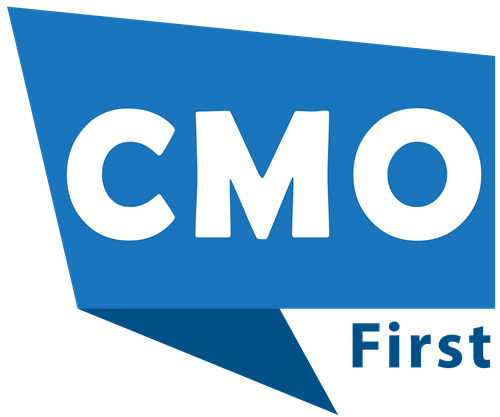




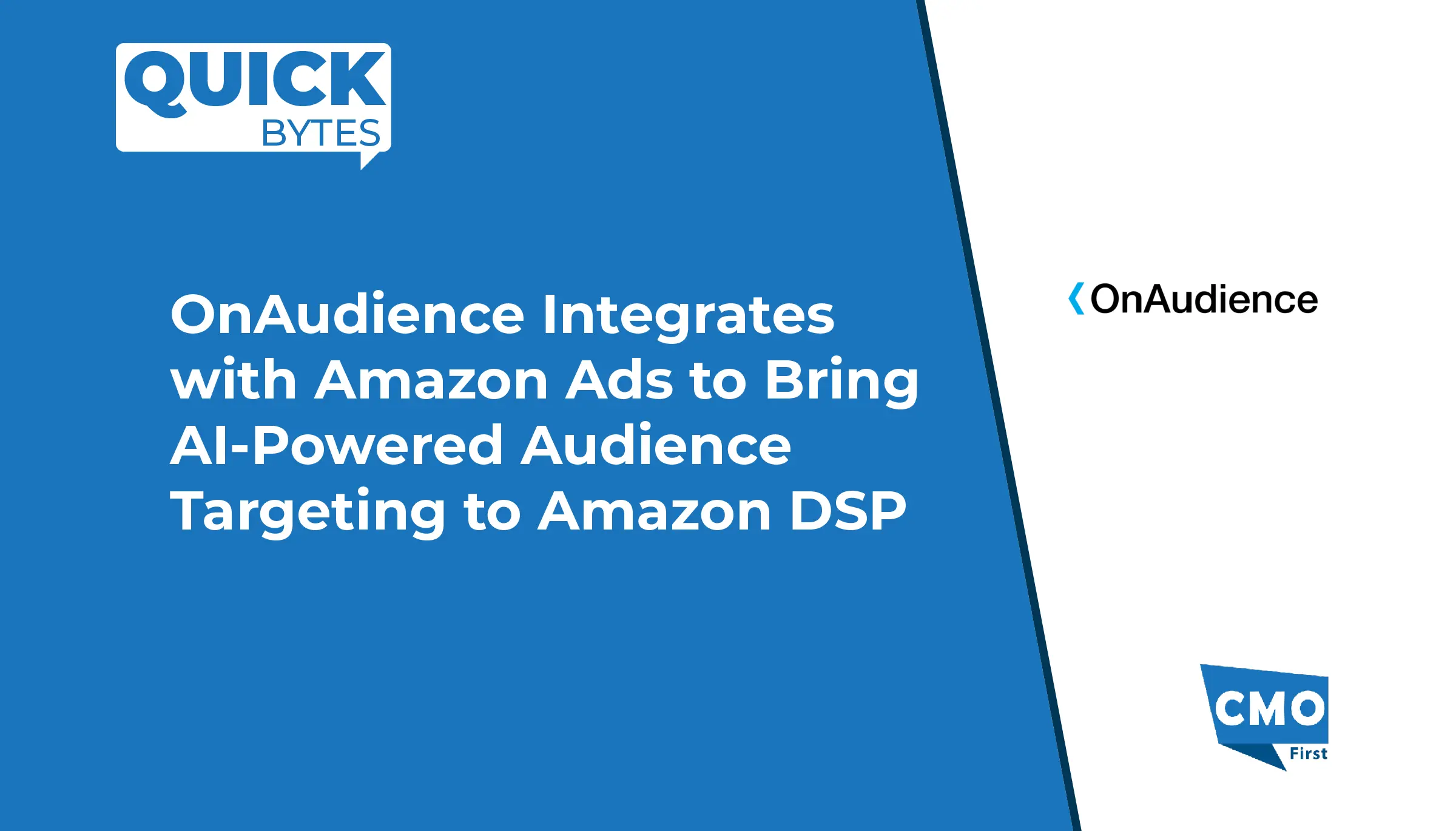
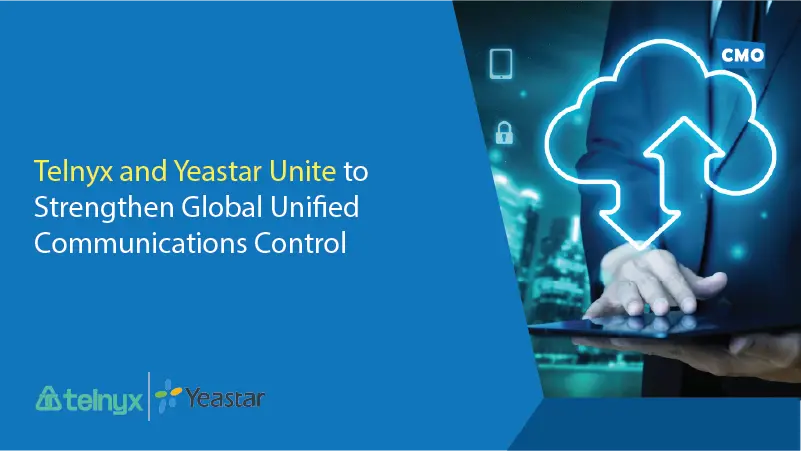
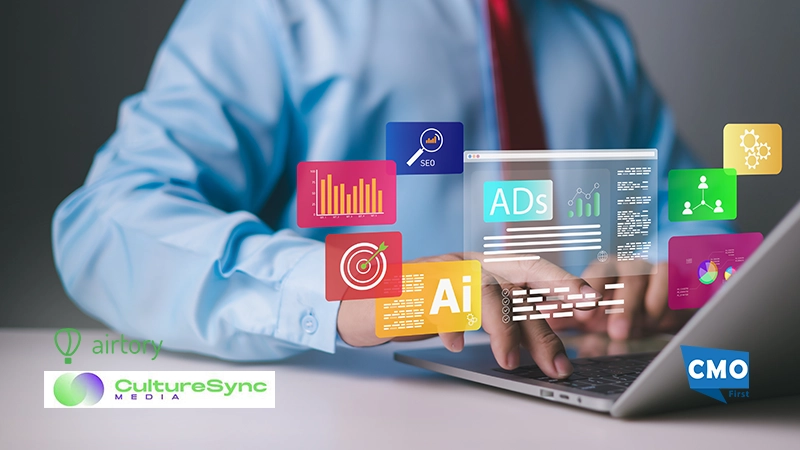


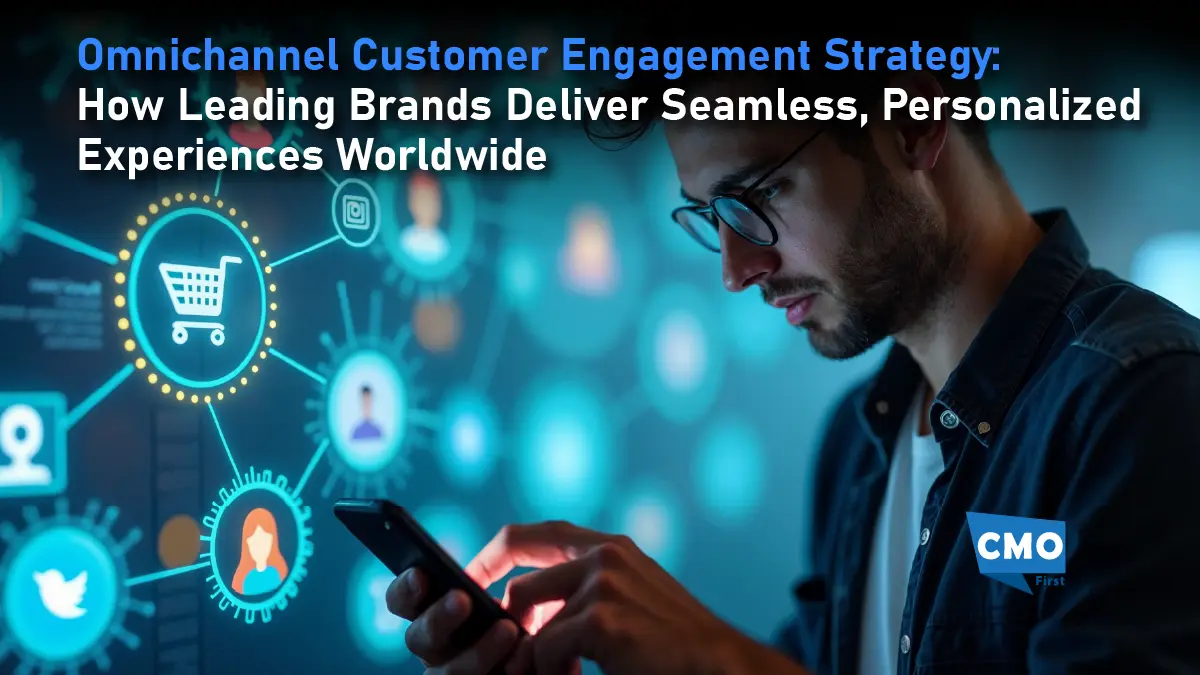



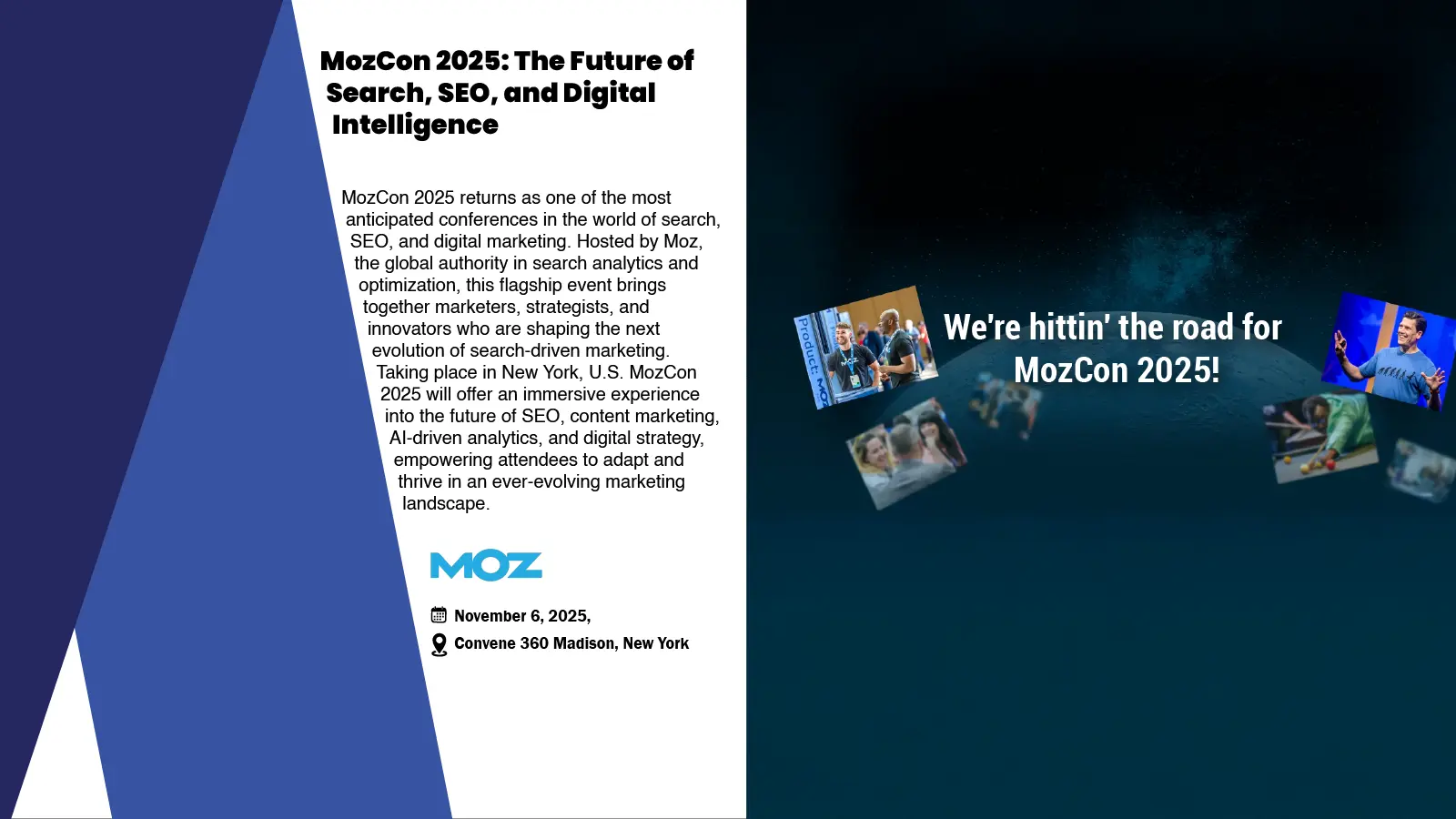








Leave a Reply